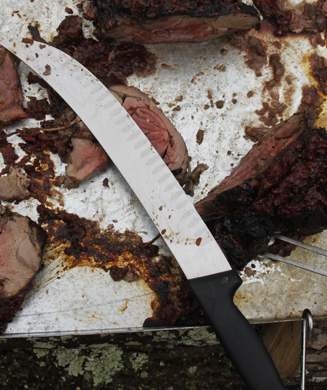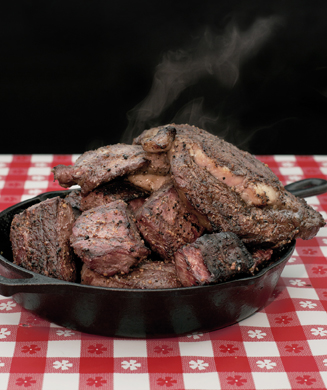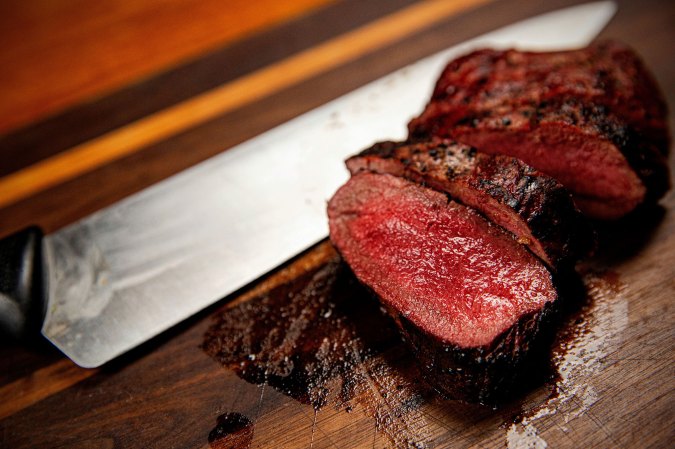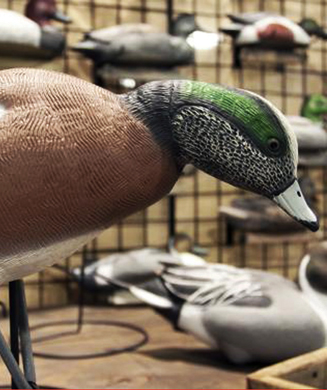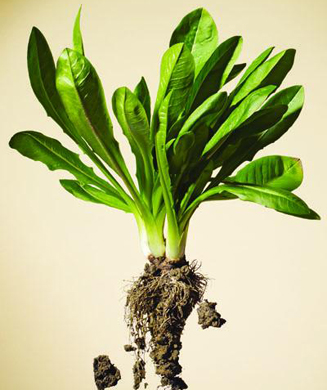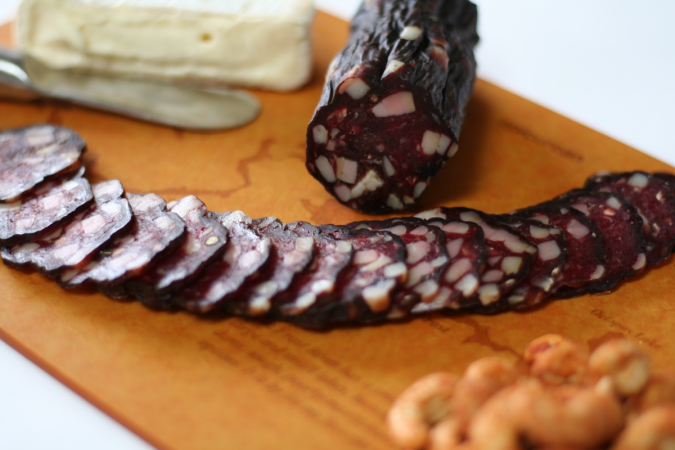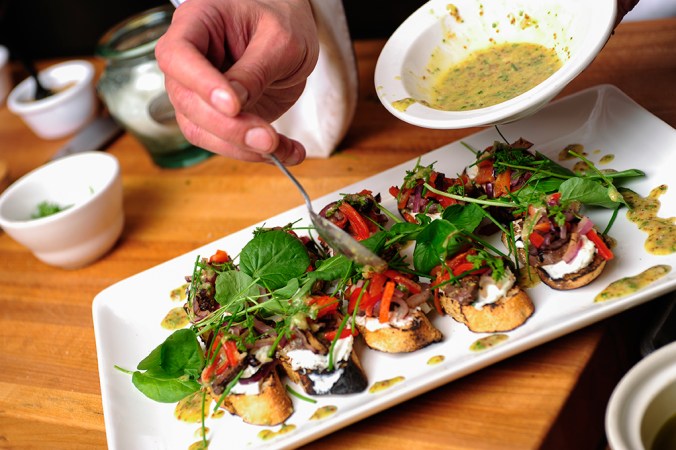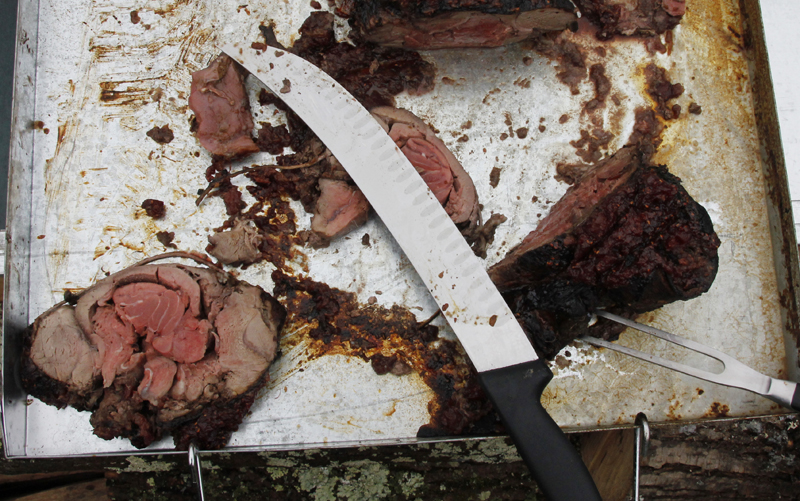
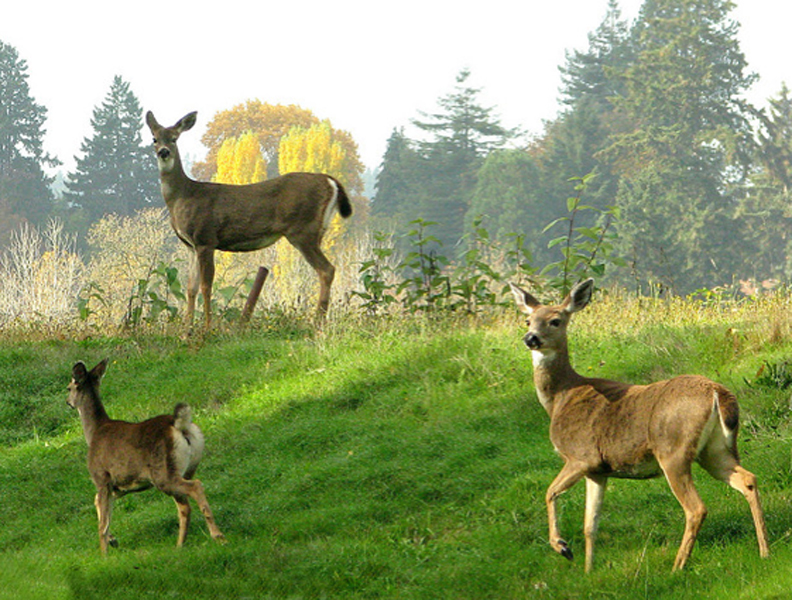
It's safe to say that the most common "freezer filler" in the Lower 48 is the whitetail deer. Plentiful populations and the lengthy seasons gives hunters plenty of opportunities to harvest pounds and pounds of high-quality venison. The nutritional value of a 3-ounce serving of roasted whitetail is as follows: Calories: 134
Protein: 26 grams
Fat: 3 grams
Cholesterol: 95 milligrams
21% of your daily allowance of Iron, 30% of your Riboflavin, and 29% of your Niacin.
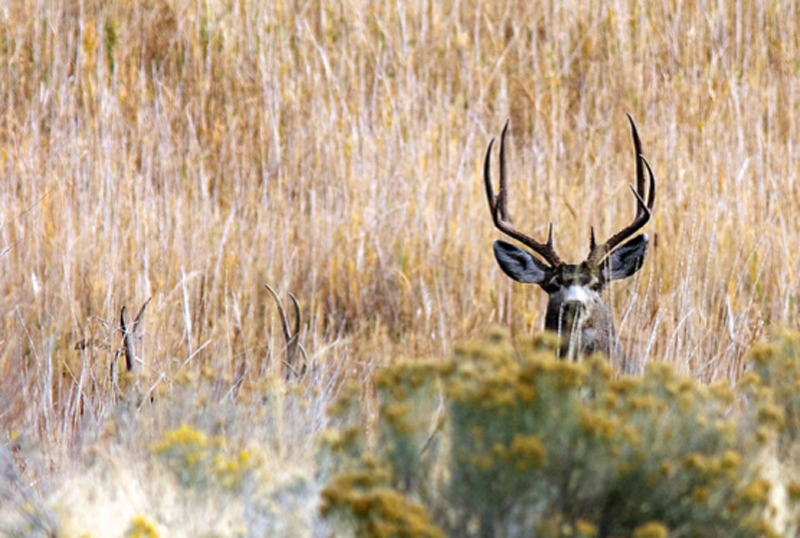
This larger and leaner cousin of the whitetail, named for its distinctive mule-like ears, provides the following nutrients in a 3.5-ounce piece: Calories: 145
Protein: 24 grams
Fat: 1.3 grams
Cholesterol: 107 milligrams
24% of your daily allowance of Iron, 31% of your Riboflavin, and 32% of your Niacin.
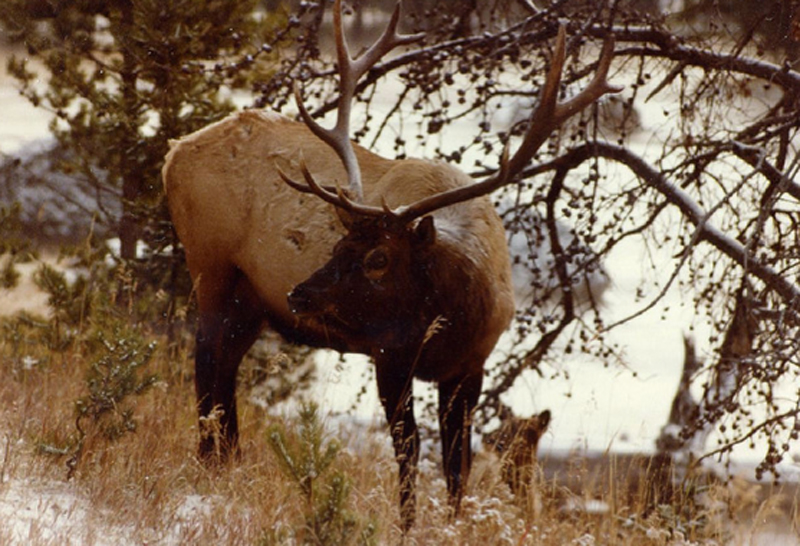
Elk also go by the name wapiti, which is a Native American word that means "light-colored deer." A 3.5 ounce piece of cooked elk meat has the following nutrients: Calories: 137
Protein: 22.8 grams
Fat: .9 grams
Cholesterol: 67 milligrams
17% of your daily allowance of Iron, with no significant Riboflavin or Niacin. Photo: ajaunty1
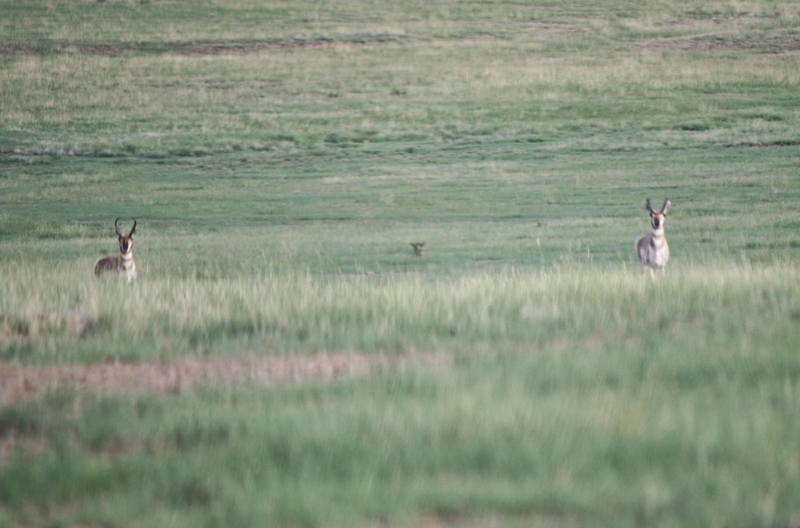
The pronghorn is the fastest mammal in North America, running at speeds as high as 60 mph, just short of the Cheetah's top speed. Adult male Pronghorns can weigh up to 150 pounds, while females weigh up to 100 pounds. A 3-ounce slice of rich and lean antelope roast has the following nutritional value: Calories: 128
Protein: 25 grams
Fat: 2 grams
Cholesterol: 107 milligrams
20% of your daily allowance of Iron, 36% of your Riboflavin, and 15% of your Thiamin.
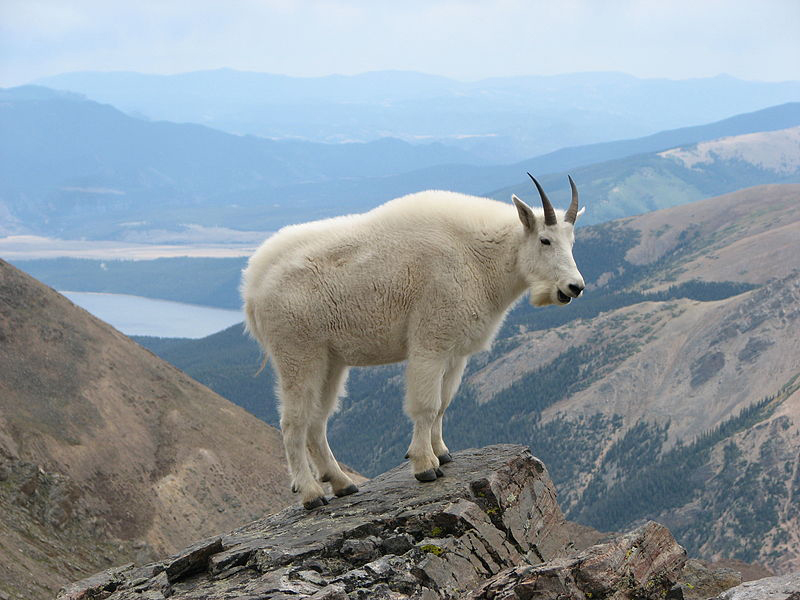
The Mountain Goat inhabits the Rocky Mountains and Cascade Range from Washington, through British Columbia, and into southeastern Alaska. Large males can weigh up to 180 pounds. These tough goats can endure temperatures as low as −50 degrees and winds of up to 100 mph. A 3-ounce piece of roasted mountain goat contains the following: Calories: 122
Protein: 23 grams
Fat: 3 grams
Cholesterol: 64 milligrams
18% of your daily allowance of Iron, 30% of your Riboflavin, and 5% of your Thiamin.
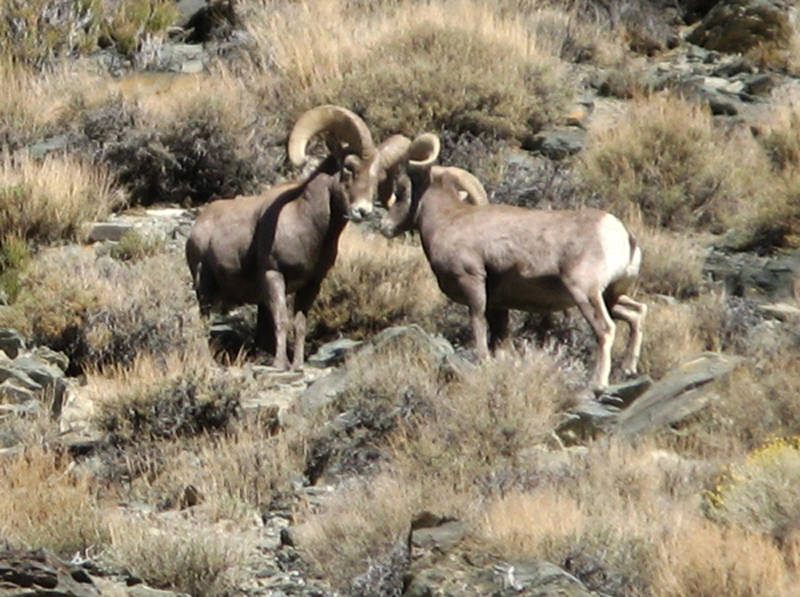
The bighorn sheep's horns can weigh up to 30 pounds per set. The sheep themselves can weigh up to 300 pounds. Bighorn sheep can be found from southern Canada, all the way south to the mountains of Mexico. A 3-ounce portion of wild sheep roast contains the following nutrition: Calories: 198
Protein: 27 grams
Fat: 9 grams
Cholesterol: 93 milligrams
21% of your daily allowance of Iron, 63% of B12, 15% of your Riboflavin, and 27% of your Niacin allowance.
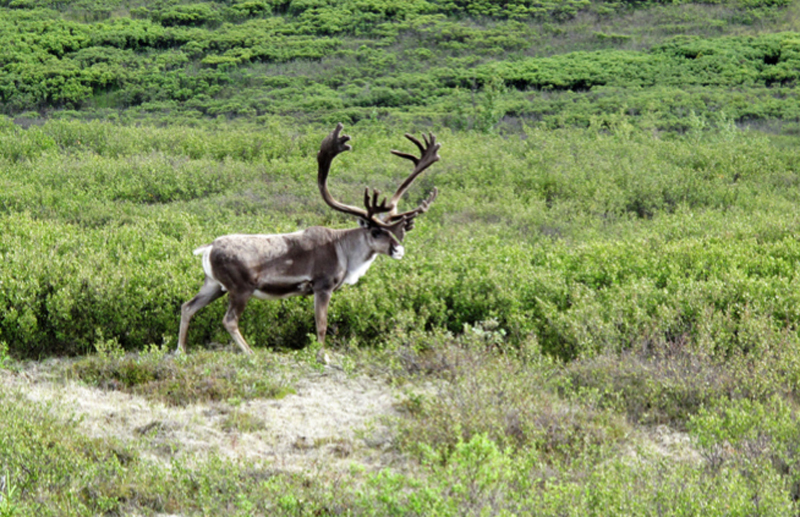
Large and hearty caribou are the only members of the deer family in which the males and females both grow antlers. Caribou trek north in the summer and south in the winter, often migrating more than 1,600 miles per year. A 3-ounce piece of caribou meat contains: Calories: 142
Protein: 25 grams
Fat: 4 grams
Cholesterol: 93 milligrams
29% of your daily allowance of Iron, 45% of your Riboflavin, 14% of your Thiamin, and 94% of your B12 allowance. Photo: Schizoform
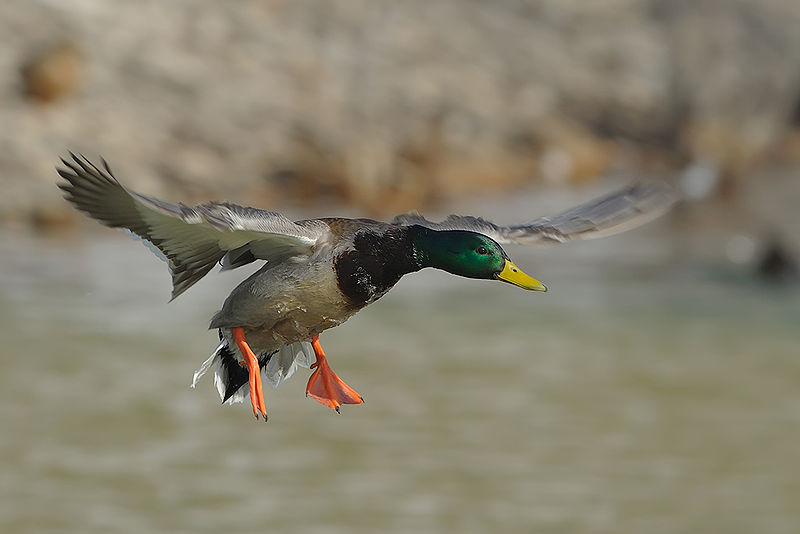
Ducks of all species can provide an exciting hunt, and some tasty, nutritious poultry. Three ounces of boneless, skinned duck breast gives you the following nutrients: Calories: 102
Protein: 16 grams
Fat: 4 grams
Cholesterol: 64 milligrams
21% of your daily allowance of Iron, 15% of your Riboflavin, and 23% of your Thiamin. Photo: bertdetilly
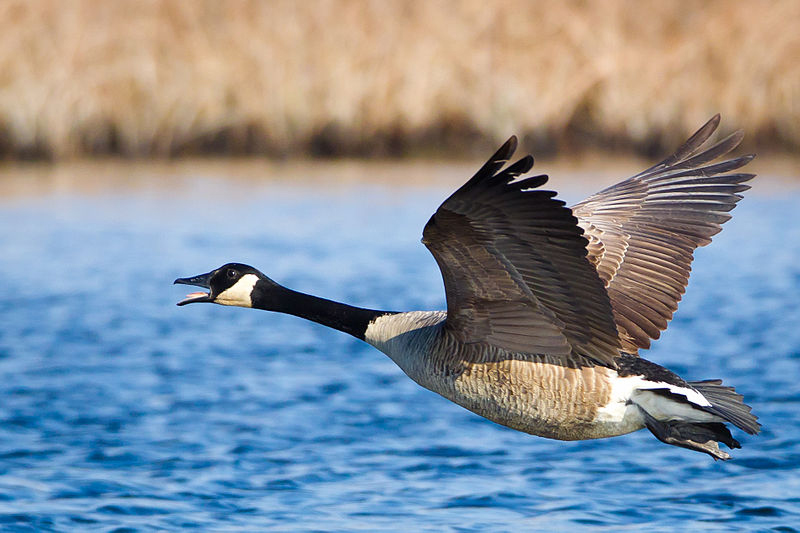
The Canada goose is found throughout North America in migrating and non-migratory populations. The female lays 3 to 8 eggs at a time, and both parents protect the nest while the eggs incubate. A 3-ounce serving of goose meat, minus the skin, will contain the following: Calories: 201
Protein: 24 grams
Fat: 12 grams
Cholesterol: 81 milligrams
12% of your daily allowance of Iron, 18% of your Riboflavin, and 6% of your Thiamin. Photo: bot
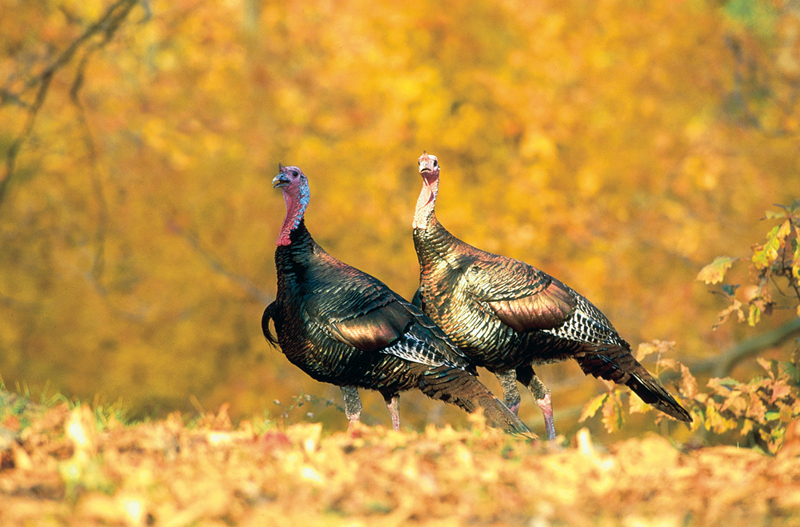
Sharp eyed, crafty turkeys are lean-bodied birds, far different than their domesticated kin who are bred for meat volume. Wild turkey is very low in fat and cholesterol. Three and a half ounces of wild turkey meat contains: Calories: 163
Protein: 26 grams
Fat: 1 gram
Cholesterol: 55 milligrams
25% of your daily allowance of Iron and 5% of your Riboflavin. Photo: NWTF
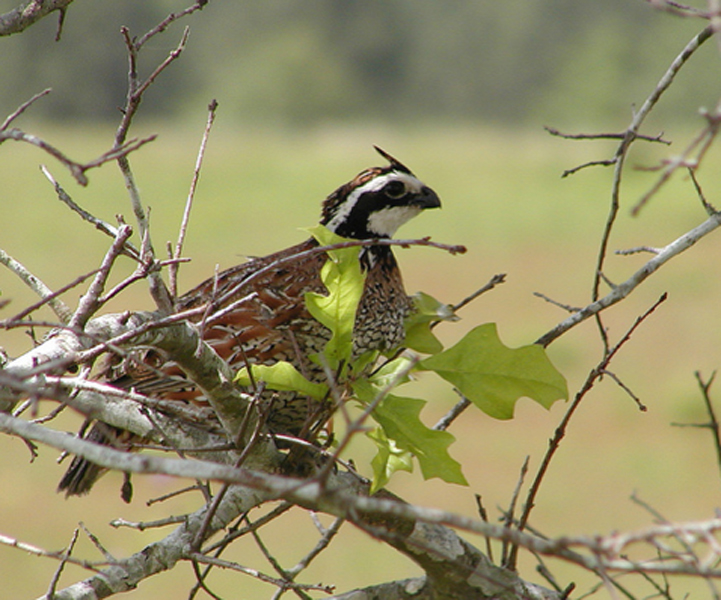
A 3-ounce portion of the northern bobwhite and other quail species contain the following: Calories: 145
Protein: 23 grams
Fat: 2 grams
Cholesterol: 94 milligrams
22% of your daily allowance of Iron, 13% of your Riboflavin, and 6% of your Thiamin.
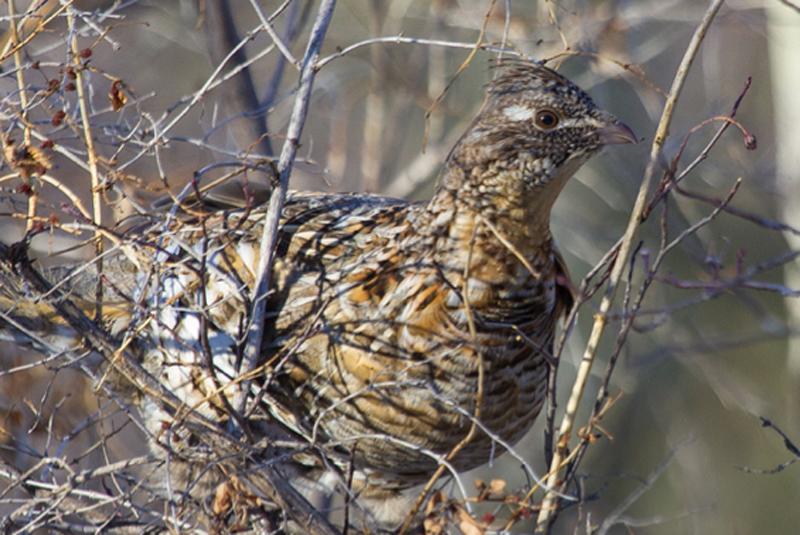
Excellent camouflage and a slow, deliberate gait make the ruffed grouse virtually invisible–until it explodes from the forest floor. A 3-ounce serving of grouse breast contains the following nutrition: Calories: 140
Protein: 24 grams
Fat: 1 gram
Cholesterol: 101 milligrams
19% of your daily allowance of Iron, 12% of your Riboflavin, and 5% of your Thiamin. Photo: David-Mitchell
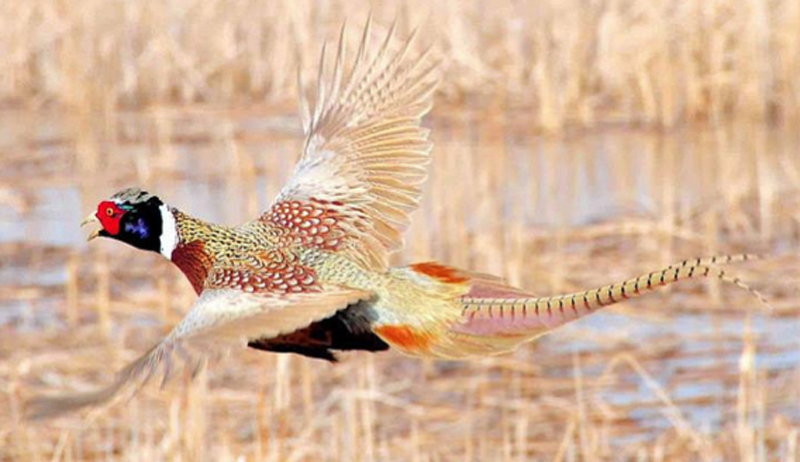
Colorful male ring-necked pheasants are a popular game bird with tender, fatty meat. The pheasant was introduced to North America from Asia, and is now established in agricultural lands, primarily in the Midwest. A 3-ounce piece of pheasant breast contains: Calories: 207
Protein: 27 grams
Fat: 9 grams
Cholesterol: 75 milligrams
6% of your daily allowance of Iron, 9% of your Riboflavin, and 3% of your Thiamin.
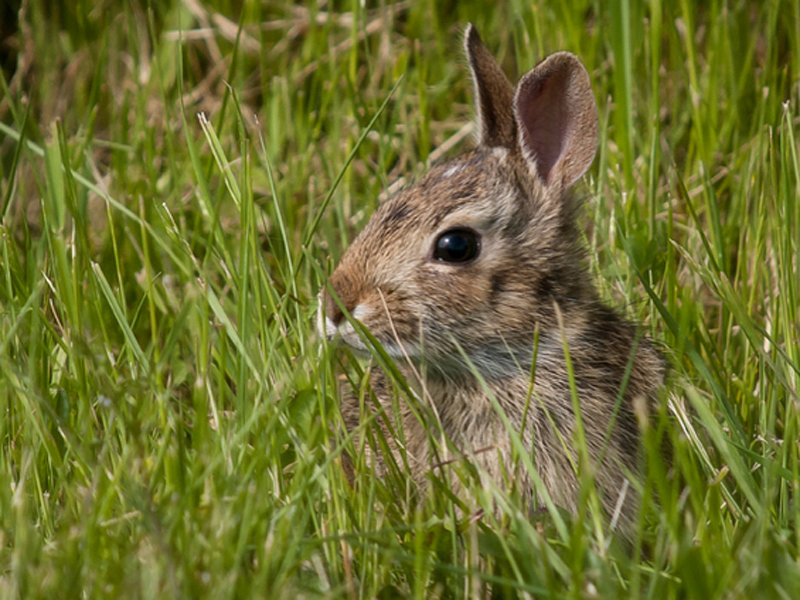
Various species of rabbits served as the day-to-day meat for many Native American populations. It's lean, tender, and flavorful. A 3-ounce serving of cottontail will supply you with: Calories: 147
Protein: 28 grams
Fat: 3 grams
Cholesterol: 105 milligrams
23% of your daily allowance of Iron and 4% of your Riboflavin allowance. Photo: Ingridtaylar
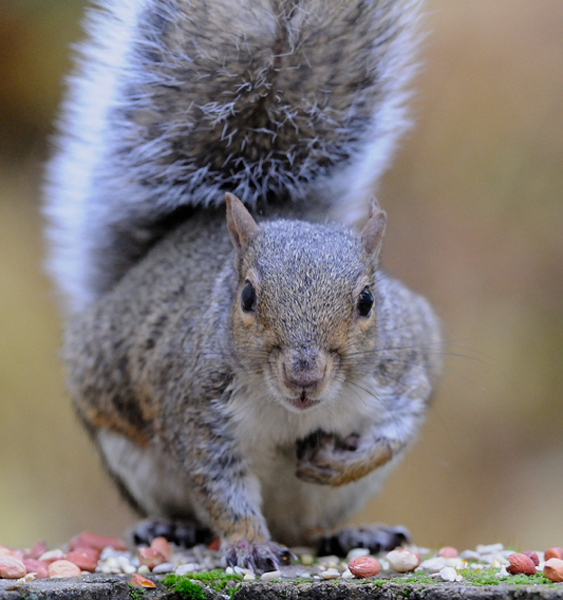
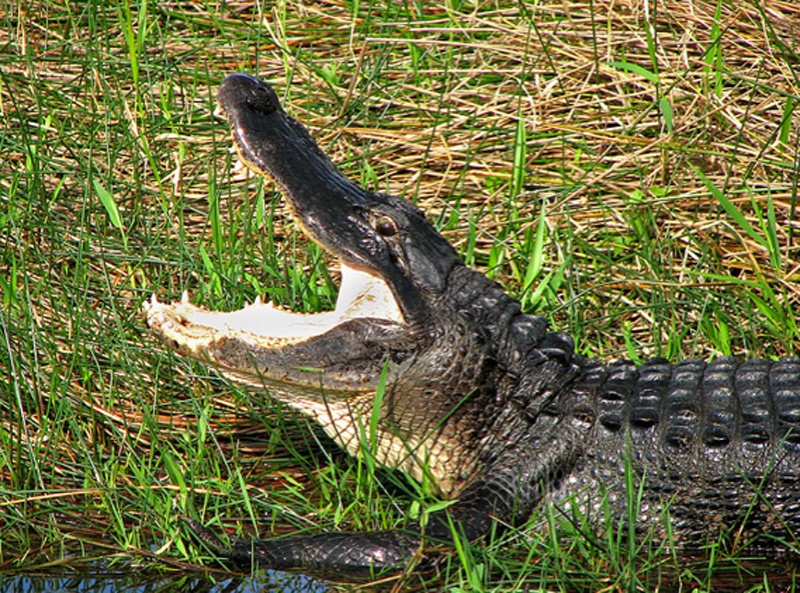
The gator might just be the meanest animal on this list. Males average 10 to 15 feet in length and can weigh up to 1,000 pounds. They can also live as long as 50 years. Thanks to successful conservation methods, alligator is back on the menu. A 3.2-ounce serving of alligator meat contains the following nutrients: Calories: 190
Protein: 28 grams
Fat: 4 grams
Cholesterol: 75 milligrams
Significant amounts of Niacin and B12 Photo: Bogeskov
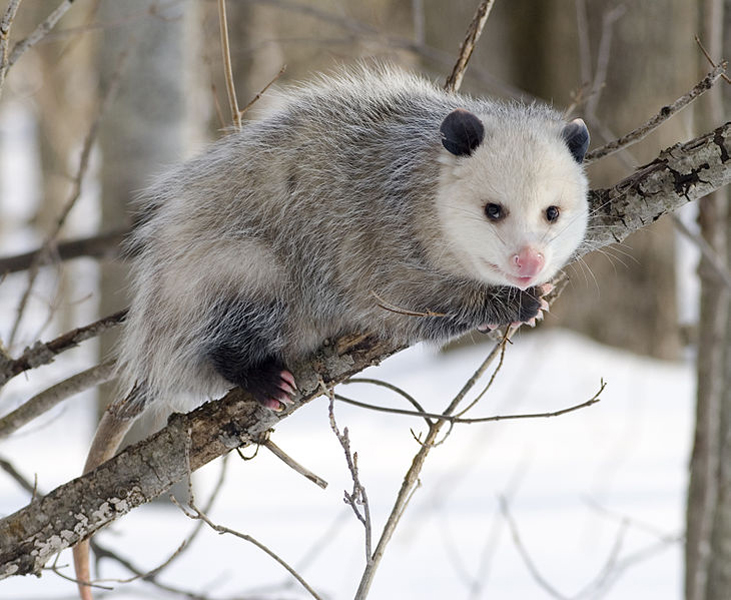
These small, shy creatures are one of the most overlooked sources of wild game meat. When they eat a natural wild diet, their meat can taste like pork. The opossum's bad reputation for flavor comes from animals that rely on eating garbage thanks to their proximity to civilization. Roast an opossum that has no access to human trash, and you'll think you're eating pork barbeque…almost. A 3-ounce leg of opossum carries the following nutrition: Calories: 188
Protein: 26 grams
Fat: 9 grams
Cholesterol: 110 milligrams
22% of your daily allowance of Iron, 18% of your Riboflavin, and 6% of your Thiamin. Photo: Codypope
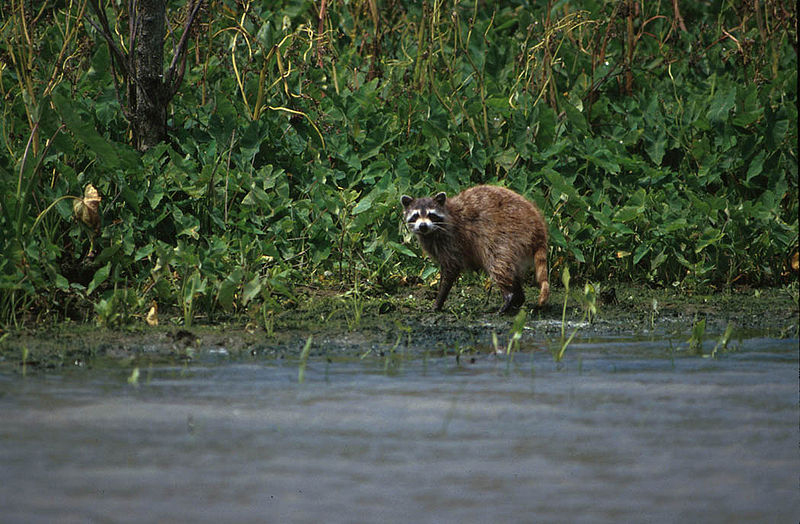
Bandit-masked raccoons can be found pretty much everywhere, and they can eat just about anything. These common mammals are found in mountains, marshes, prairies, woods, and even cities. Their adaptable diet always keeps them in food, and probably has a role to play in their high levels of nutrients. Three ounces of raccoon meat, roasted to perfection, will provide you with: Calories: 217
Protein: 25 grams
Fat: 12 grams
Cholesterol: 82 milligrams
34% of your daily allowance of Iron, 26% of your Riboflavin, 33% of your Thiamin, and 118% of your B12.
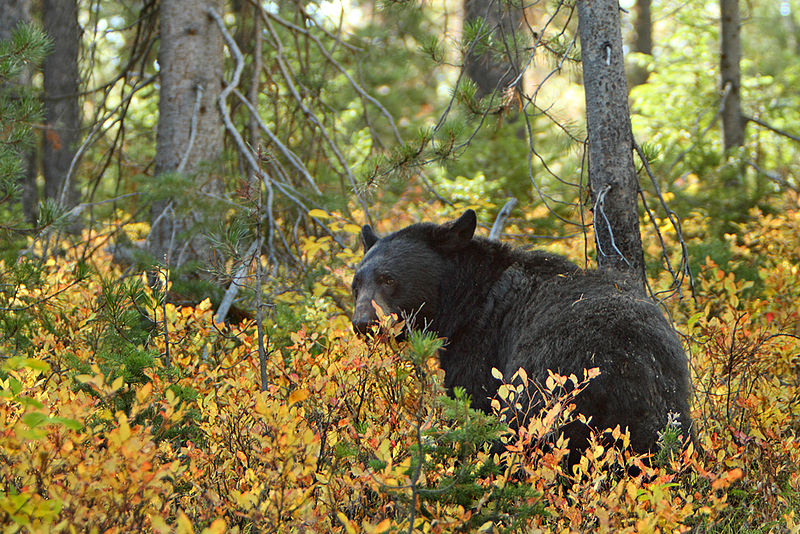
The black bear is the world's most common bear. The population is estimated to be twice that of all other bear species combined. Three ounces of rich black bear meat, simmered in water, will give you the following: Calories: 220
Protein: 28 grams
Fat: 11 grams
Cholesterol: 83 milligrams
51% of your daily allowance of Iron, 41% of your Riboflavin, and 6% of your Thiamin. Photo: bobisbob
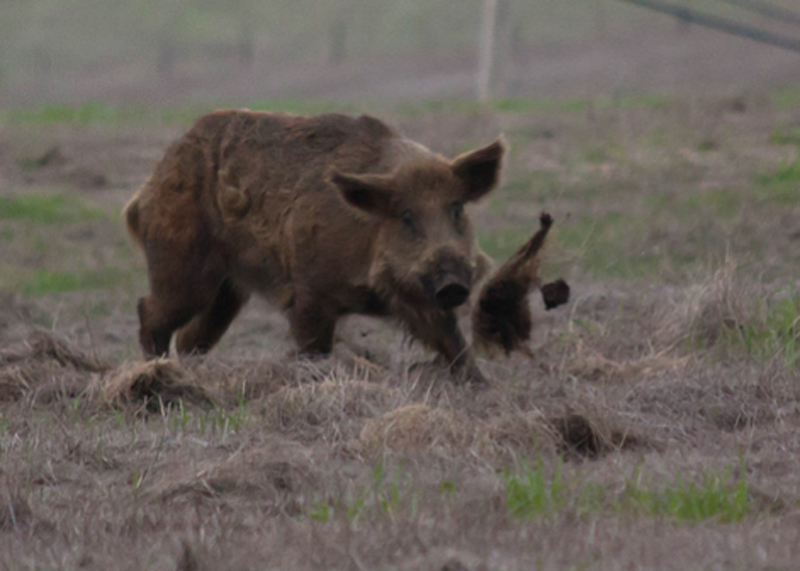
Say what you will about feral hogs and wild boars, you've never had bacon until you have had homemade, wild boar bacon. Yes, these out-of-control swine are tearing up the American south, all the more reason to procure some for the table. A 3-ounce serving of cooked wild boar will contain: Calories: 136
Protein: 24 grams
Fat: 4 grams
Cholesterol: 65 milligrams
5% of your daily allowance of Iron, 7% of your Riboflavin, 18% of Niacin, 18% of your Thiamin, 18% of your B6, and 10% of your B12 allowance. Photo: minicooper
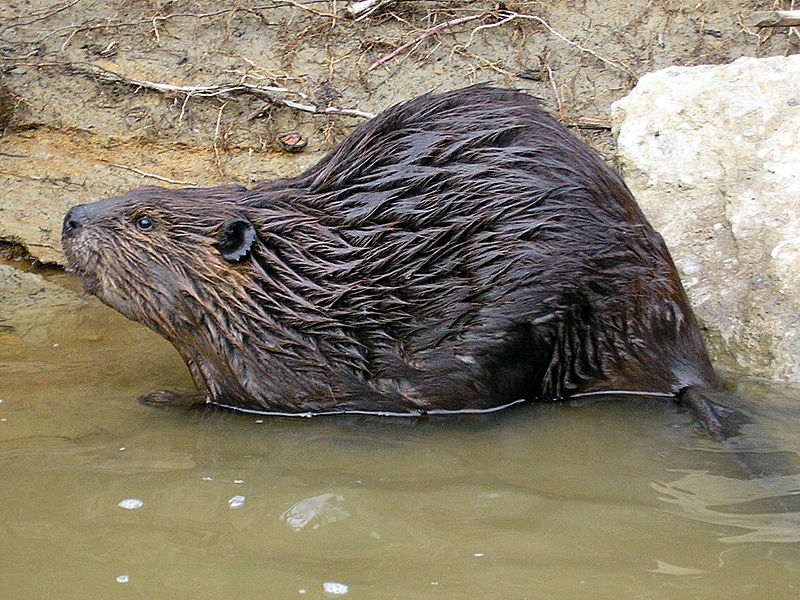
The beaver is the world's second largest rodent, next to the South American capybara. The term 'beaver fever' was unfairly coined by the American press in the 1970s, following findings that the parasite giardia lamblia, which causes giardiasis, is carried by beavers. But further research showed that plenty of other mammals, birds, and humans carried this parasite, which is a serious source of water contamination in the backcountry. All pathogens aside, a delicious 3-ounce slice of roast beaver will give you the following nutrition: Calories: 180
Protein: 30 grams
Fat: 6 grams
Cholesterol: 99 milligrams
47% of your daily allowance of Iron, 16% of your Riboflavin, 20% of B6, and 3% of your Thiamin.
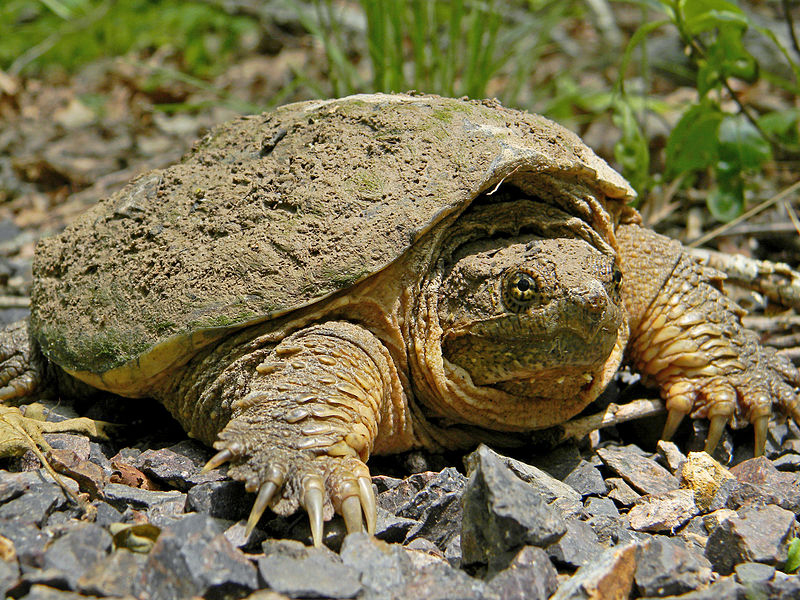
Because their shell and belly plate (plastron) are so well connected, snapping turtles are very hard to clean. You'll need a hatchet to help you open up this extra-lean, armored animal. Three ounces of snapping turtle meat contains: Calories: 75
Protein: 18 grams
Fat: 0 grams
Cholesterol: 42 milligrams
6% of your daily allowance of Iron, 6% of your Riboflavin, and 6% of your Thiamin. Photo: dakota L.
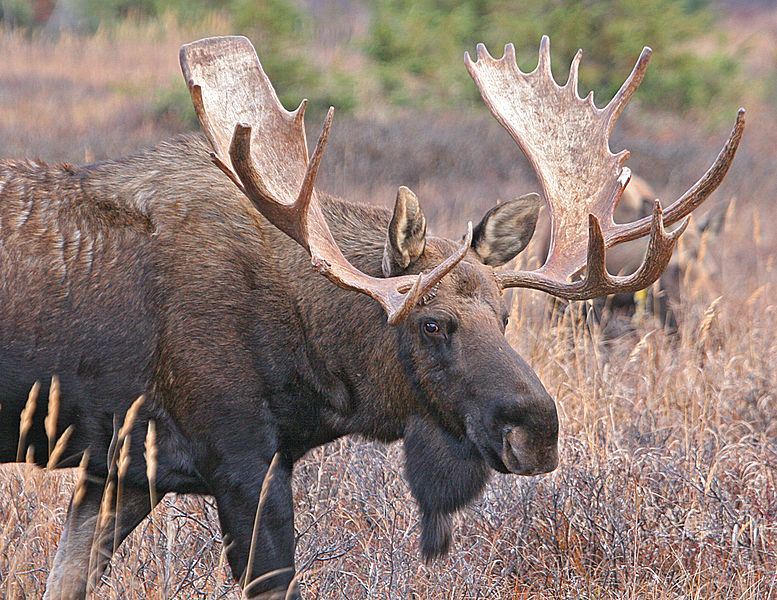
The moose is the largest member of the deer family, with bulls easily reaching 1,000 pounds. The largest confirmed bull was shot near the Yukon River in September 1897. He weighed 1,800 pounds and measured 7½ feet tall at the shoulder. A 3-ounce piece of moose steak will give you the following nutrients: Calories: 114
Protein: 25 grams
Fat: 1 gram
Cholesterol: 66 milligrams
20% of your daily allowance of Iron, 17% of your Riboflavin, 22% of your Niacin, and 89% of B12.
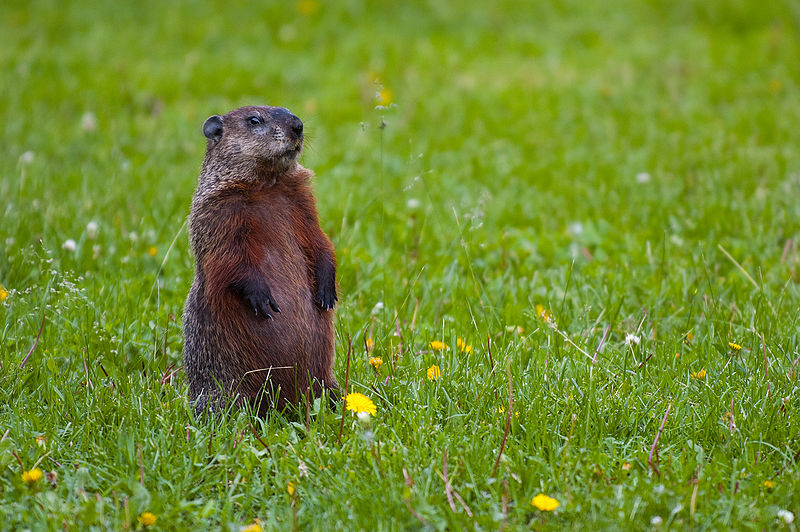
The groundhog, also known as a woodchuck or whistle pig is a rodent belonging to the group of large ground squirrels known as marmots. This is my least favorite game meat, but I'll eat it if I have to. A 3-ounce roasted groundhog leg will give you these nutrients: Calories: 132
Protein: 15 grams
Fat: 7 grams
Cholesterol: 45 milligrams
3% of your daily allowance of Iron, 10% of your Riboflavin, and 27% of your Thiamin. Photo: marumari
We take a look at the nutritional value of some of the most popular and most obscure wild game in North America. Know how many calories there are in 3 ounces snapping turtle? Find out here.
